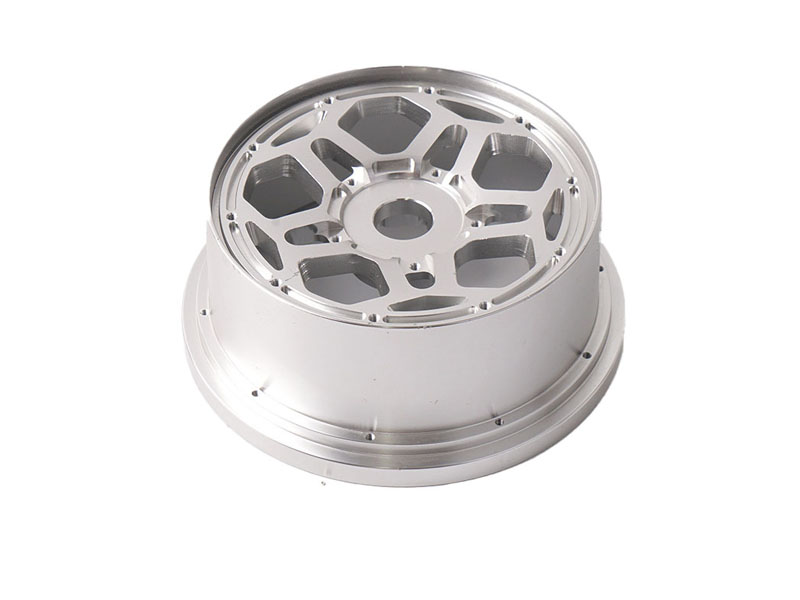BETTER TOUCH BETTER BUSINESS
Contact Sales at Lori.
As is well known, error is a major indicator for evaluating the quality of workpieces in machining. In CNC machining centers, errors primarily represent precision, which can be categorized into static precision and dynamic precision. How can we improve the precision of CNC machining centers?
1. Selection of CNC Machining Centers: The accuracy of CNC machining centers varies, so it is important to pay attention to the selection and precision of the CNC machining center. Currently, position accuracy testing for CNC machining centers typically uses the international standard ISO 230-2 or the national standard GB 10931-89. When selecting a CNC machining center, attention should be paid to these standards due to the differences in precision caused by different standards.
2. Control of Components: For CNC machining centers with sliding bearings, selecting bearings with better wear resistance can ensure the working accuracy of the CNC machining center.
3. Control of Workshop Environment: It is crucial to reduce sources of heat generation. Key aspects include adjusting the spindle bearing's speed, clearance, and proper preload. For thrust bearings and tapered roller bearings, which generate more heat due to their working conditions, it may be necessary to use thrust angular contact ball bearings to minimize frictional heat of some components. Thermal Insulation: Keep heat sources away from the spindle, such as isolating the motor from the transmission and using separate drives. Cooling: Enhance lubrication and cooling measures, such as using oil cooling or air cooling to accelerate heat dissipation. Although heat deformation can only be reduced and not completely eliminated, it is important to minimize its impact.
4. Control of Backlash Error: Backlash errors lead to reduced equipment precision. As the CNC machining center is used over time, wear increases and errors grow. Therefore, it is necessary to regularly detect and compensate for backlash errors during the CNC machining center's application to reduce errors and improve working precision.
5. Error Compensation: Error compensation refers to recording the positions of fixed axes during CNC machining and comparing the recorded data with actual measurements to determine error values. By selecting measurement reference points on the axis and recording the errors during operation, these values can be entered into the control system to manage axis movements and errors. If the number of measurement points is larger, the effect of pitch compensation will be more noticeable. This technique is based on the CNC machining center's coordinate system, where the reference point's error value must be zero.
6. Compensation for Backlash Errors: In the design of CNC machining centers, backlash errors must be addressed. While it is impossible to eliminate backlash completely, the pitch error compensation technique records the backlash at various points during operation and uses the CNC control system to directly compensate for the errors of reverse motion through parameter and system settings.
7. Technological Advancements: With the advancement of science and technology, the precision of CNC machining centers continues to improve, moving from micrometer-level to nanometer-level precision. Ongoing research and development, especially in bearing technology, are crucial. Technological lag in bearing technology affects positioning accuracy. Research has shown that hydrostatic bearing technology can address mechanical lag issues and is widely used in high-precision CNC machining centers.
Therefore, to effectively improve the machining accuracy of CNC machining centers, it is essential to address multiple factors and reduce errors as much as possible.

Copyright © 2025 Shenzhen Lori Technology Co.Ltd. | All Rights Reserved.